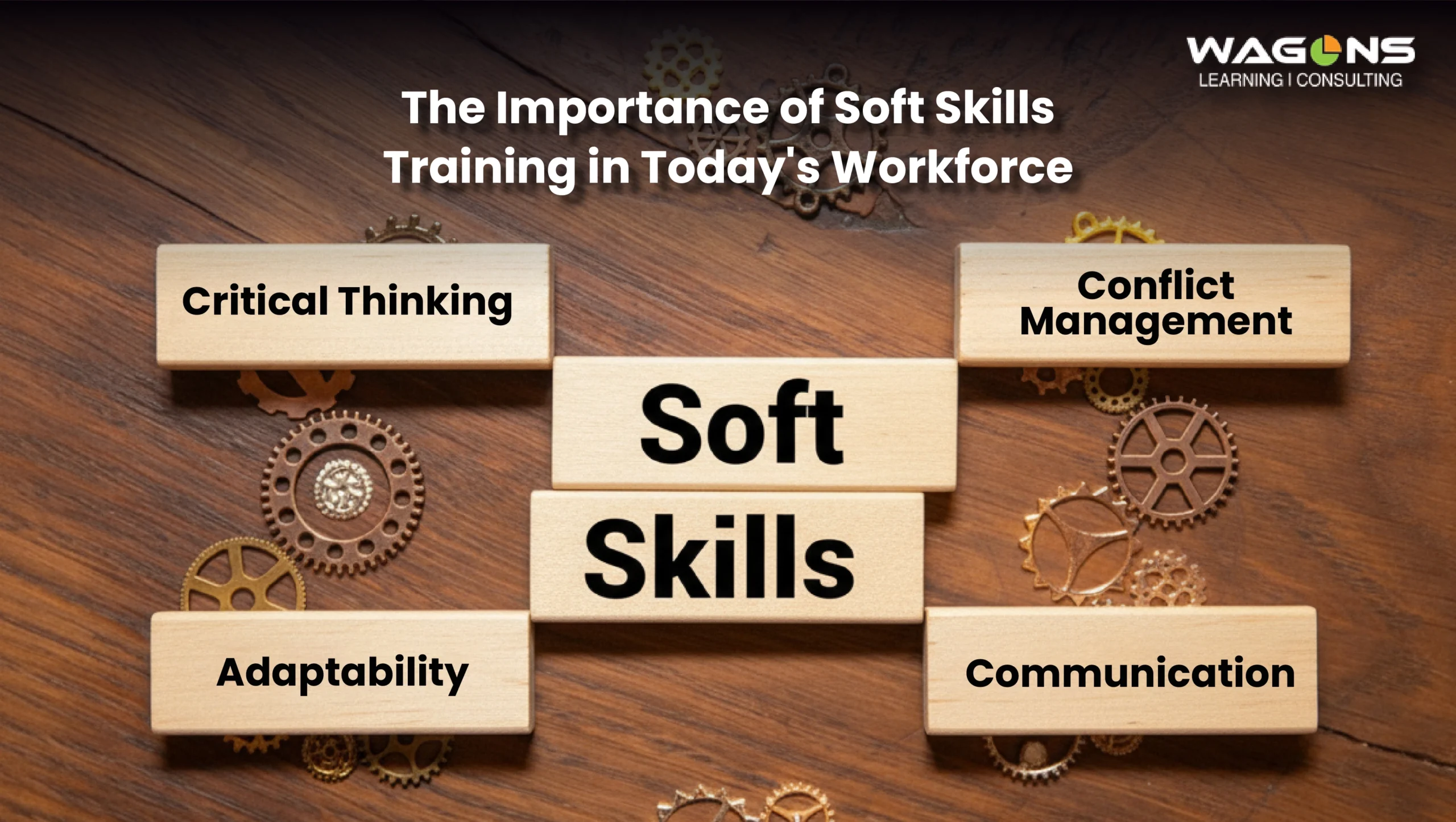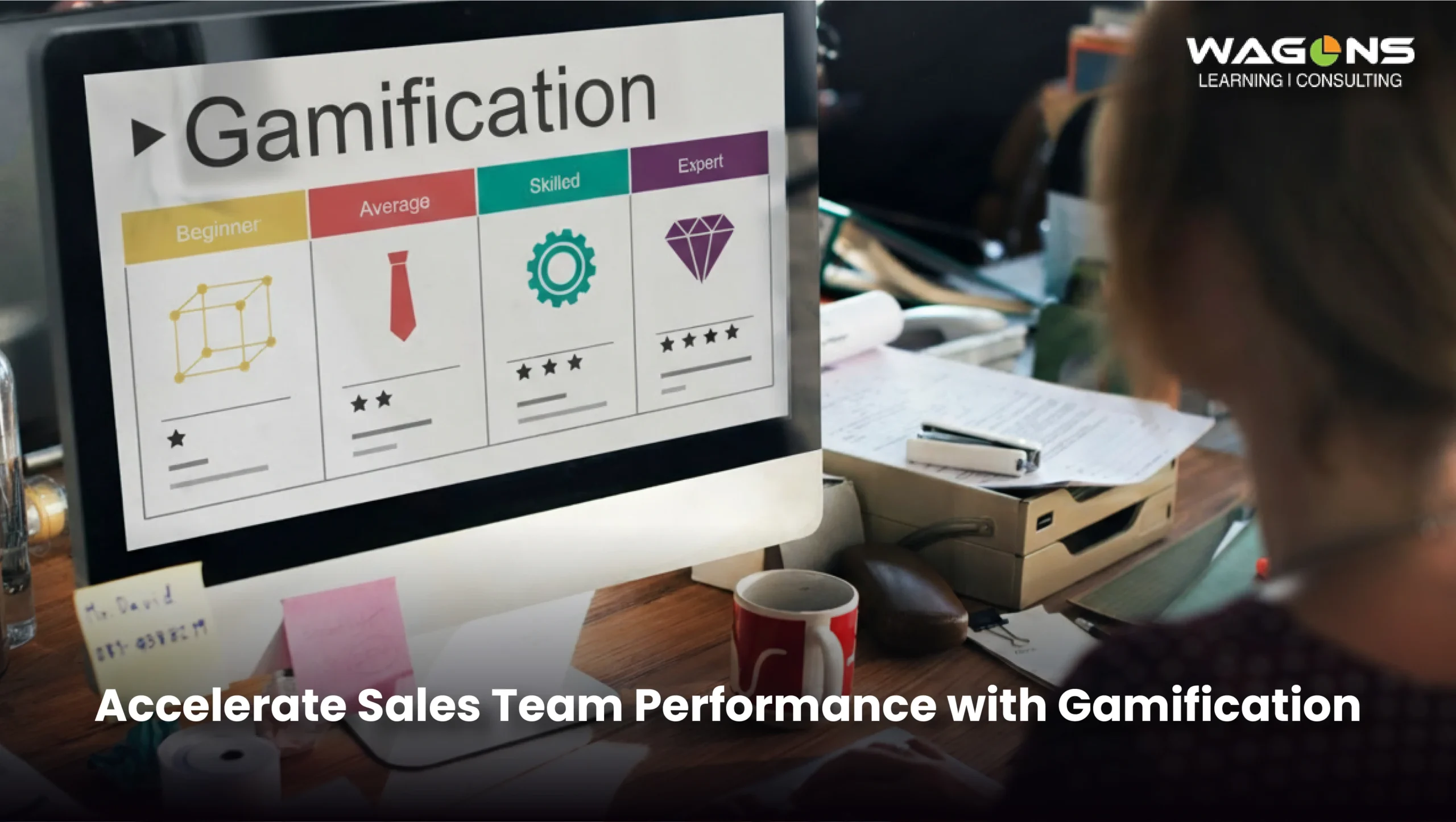Your team just completed a week-long training program. Thousands spent. Hours invested. Everyone’s certified. But here’s the bitter truth: within 48 hours, most of what they learned has already started to vanish.
Research shows that employees retain approximately 25% of the information after two weeks without follow-up training. This isn’t just a learning problem, it’s a crisis that’s draining your budget, stalling employee performance, and leaving your workforce unprepared for real-world challenges.
The shift is happening now. Traditional training methods designed for the industrial age are failing in the digital era. While 94% of employees say they would stay longer at a company that invests in their learning and development, most organizations are still throwing money at outdated programs that don’t stick. The employee training has never been greater, yet most companies are getting it catastrophically wrong.
The High Cost of Ineffective Employee Training: A Billion-Dollar Problem
Every failed training session isn’t just wasted time, it’s money evaporating from your bottom line. Companies spend an average of $1,286 per employee annually on training. When 74% of that investment disappears within weeks, you’re essentially burning $952 per employee every single year. (According to SafetyCulture Report)
Here’s what ineffective training costs your organization:
- Lost Productivity: Training that doesn’t stick means employees return to old habits, mistakes repeat, and efficiency stagnates
- Revenue Impact: Companies without formalized training programs earn 218% less income per employee than those with comprehensive programs
- Talent Drain: 40% of employees who receive poor training leave their positions within the first year, triggering expensive recruitment and onboarding cycles
- Competitive Disadvantage: Only 16% of employees in worst-performing organizations receive adequate training, compared to 84% in top performers
The math is stark. Companies that invest strategically in employee training services see a 24% higher profit margin. Those who don’t? They’re subsidizing their competitors’ success.
Why Traditional Employee Training Methods Fail: “Forgetting Curve”
The problem isn’t your employees. It’s the method. Most corporate training is built on assumptions from decades ago, ignoring what neuroscience now tells us about how humans actually learn and remember.
Introducing the Ebbinghaus Forgetting Curve
In the 1880s, German psychologist Hermann Ebbinghaus discovered something revolutionary: humans forget information at a predictable rate. His research revealed that without reinforcement, we lose roughly 50% of newly learned information within an hour. Within 24 hours, up to 70% is gone. By the end of a week, we retain less than 10% of what we learned.
This is the Forgetting Curve. It’s not a flaw in your team, it’s how human memory works. Information that isn’t reviewed, applied, or connected to existing knowledge simply fades.
The Flaws of “One-and-Done” Corporate Training
Walk into any corporate training room and you’ll see the problem. Employees sit through eight-hour seminars, clicking through slide after slide. They watch video lectures with no interaction. They complete mandatory courses just to check a box.
This “one-and-done” approach delivers dismal training ROI for three reasons:
1. Passive consumption kills retention: When learners sit and absorb without engaging, their brains never move information from short-term to long-term memory. There’s no struggle, no application, no context—just fleeting exposure.
2. Generic content doesn’t resonate: A sales professional and an engineer need different knowledge, delivered differently. Mass-produced training treats everyone the same, meaning it’s perfectly suited for no one.
3. No reinforcement means rapid decay: That expensive training day ends, and employees return to their desks. No follow-up. No practice.
Knowledge Retention with Modern Effective Employee Training Programs
Modern learning science gives us proven strategies that combat the Forgetting Curve and transform how employees retain and apply knowledge.
Custom eLearning Solutions: Tailoring Content for Better Learning
Your sales team doesn’t need to know backend infrastructure. Your developers don’t need advanced negotiation tactics. Yet most training treats everyone identically.
A Custom eLearning Solution changes the equation. Personalized, role-specific content connects directly to what employees do every day. When training mirrors real scenarios, the actual challenges, tools, and decisions they face the brain recognizes it as relevant. Relevant information sticks.
Custom eLearning also adapts to learning pace and style. Visual learners get diagrams and simulations. Kinesthetic learners get interactive exercises. This isn’t luxury, it’s effectiveness. When content matches the learner, knowledge retention jumps dramatically because the brain can anchor new information to existing skills and experiences.
Game-Based Learning: Increase Knowledge Retention
Remember how easily you learned the rules of your favorite game? How did you practice strategies until they became second nature? That’s not entertainment, it’s neuroscience at work.
Game-Based Learning transforms passive training into an active experience. Points, badges, leaderboards, and challenges trigger competition and achievement, psychological drivers that keep the brain engaged. But the real power lies deeper.
Games require decision-making under pressure. They provide immediate feedback. They let learners fail safely and try again. This creates active recall, the strongest form of memory formation. When employees must retrieve and apply information to succeed in a challenge, they’re not just learning. They’re building neural pathways that resist the Forgetting Curve.
Microlearning: Improve Recall Using Spaced Repetition
When information is reviewed at strategic intervals, retention skyrockets. This is where microlearning becomes transformative.
Instead of eight-hour marathons, microlearning delivers focused, bite-sized content, typically 3-7 minutes. Employees learn one concept, apply it immediately, and move on. Days later, they receive a quick refresher. Then again a week later. Each repetition strengthens the memory, flattening the Forgetting Curve.
This approach also supports performance support learning at the moment of need. When an employee faces a challenge, they can access a 5-minute module right then, not weeks after a forgotten seminar. Digital learning takes 40-60% less time than traditional classroom training while dramatically improving outcomes.
The Importance of Employee Training That Delivers ROI
When training works, everything changes. Training isn’t an expense line, it’s an investment that compounds. Organizations that implement effective employee training methods see measurable, bottom-line impact.
Employees who have access to continuous learning are 47% more likely to be engaged at work. Engaged employees stay. They innovate. They become advocates for your company. When the employee training importance is recognized and acted upon strategically, retention soars and recruitment costs plummet.
The formula is simple: effective training → knowledge retention → improved performance → measurable ROI. Companies that understand this equation don’t just survive, they dominate their markets.
Conclusion: Moving From Forgetting to Future-Ready
The era of checkbox training is over. Businesses can no longer afford to pour resources into programs that employees forget before they even leave the parking lot.
The future belongs to organizations that embrace learning science, that build employee training services around engagement, personalization, and reinforcement.
Is your training system designed to help them remember, apply, and excel ?
Learn and Excel with Leading Employee Training Services
Wagons Learning specializes in creating engaging employee training services that drive knowledge retention and deliver measurable results. From custom eLearning solutions to cutting-edge Game-Based Learning and strategic microlearning programs, we build training that works for your business and your people.





